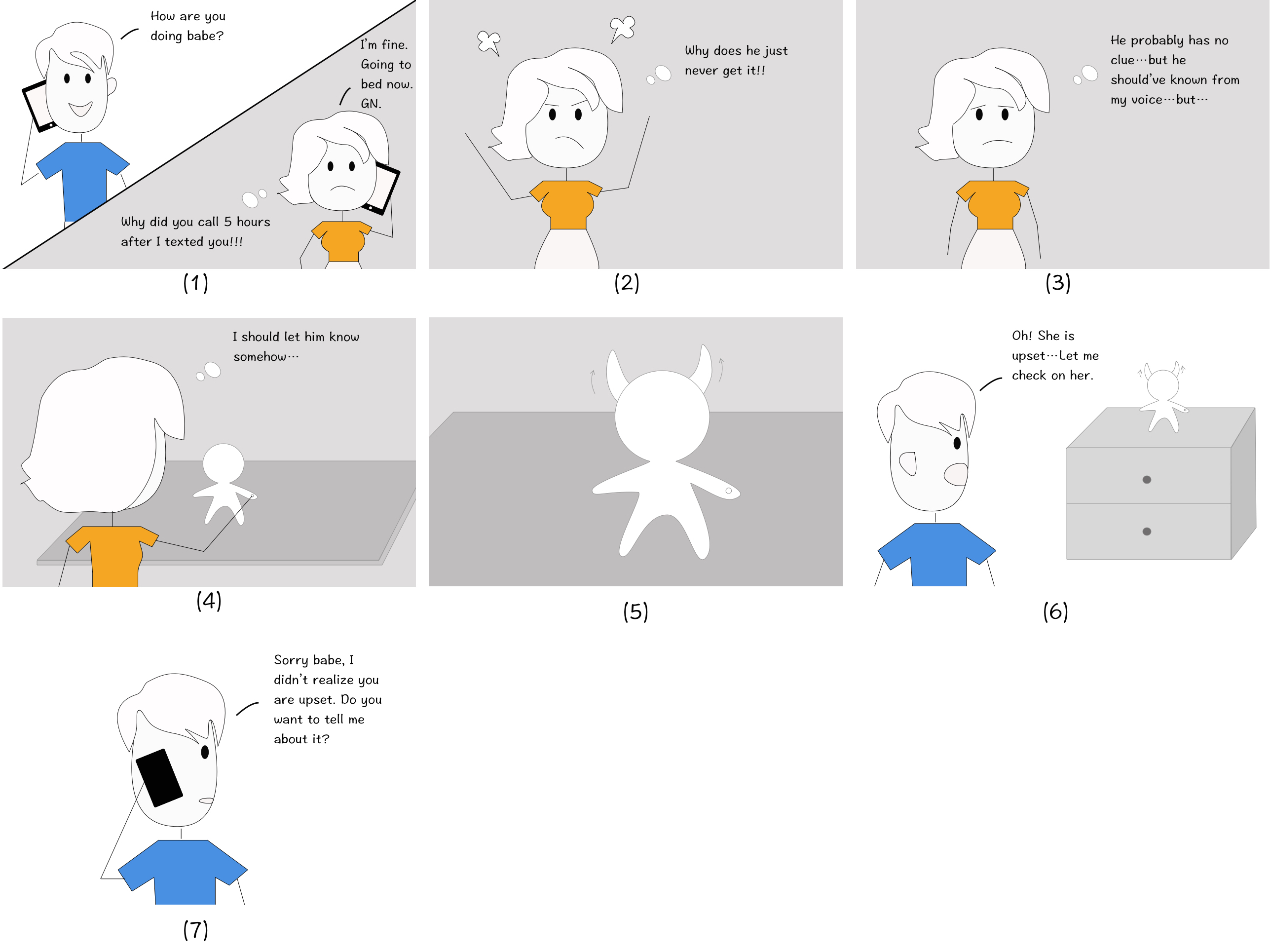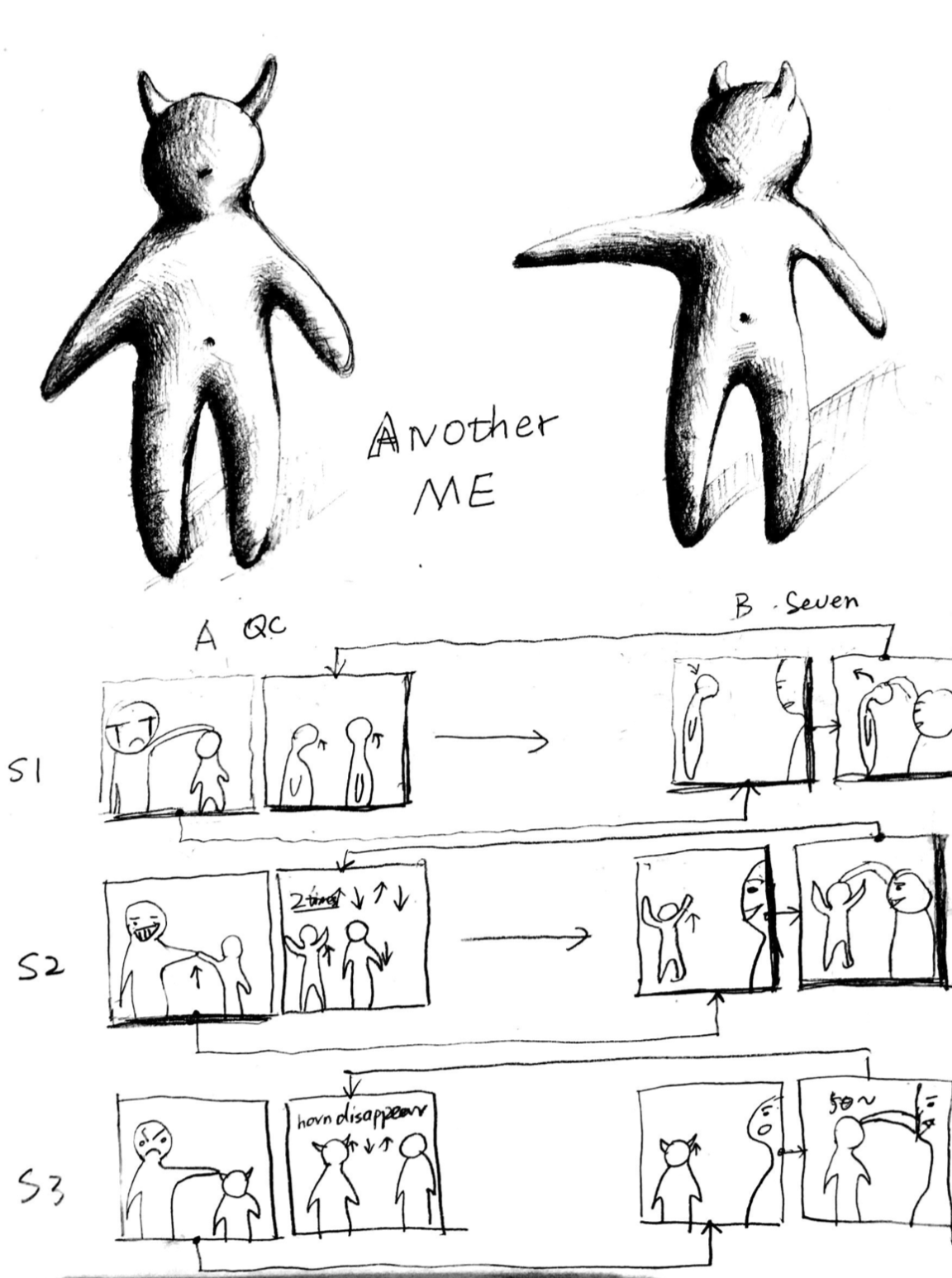Introduction
"There is no such thing as a relationship without conflict." - Larry Alan Nadig, Ph.D.
'Devie' is a project created in order to bridge couples during the time of conflict and allow them to build communication habits for healthy conflict resolution. Inspired by Good Night Lamp, Devie provides a new means to convey messages to significant others in an ambient manner.
During the time of relationship conflict, we often find ourselves having difficulties communicating or fully disclosing our true hurt feelings. While we expect our significant others to notice our dissatisfaction on their own, our loved ones often have no clue, left in confusion. This avoidant behavior may seem to help in the short term, but as it accumulates over time this can turn into passive-aggressiveness, which is detrimental to the health of the relationship.
Devie provides a cute, light-hearted outlet to express true feelings instead of hiding or neglecting them, allowing the couple to have more open communication.
How It Works:
Devie comes in a pair, one for each in the relationship. It is activated by a touch on the mini devil's hand, and upon the activation, the devil horn pops out. 'We need to talk', 'I said I was OK, but I'm actually upset', 'I'm angry. Leave me alone for a little while', users have the freedom to decide what the message means. When Devie is activated, the other Devie's horn also pops out, conveying the message to the receiving end. Upon the receipt of the message, the receiving end would respond accordingly by reaching back out to the sending end.




